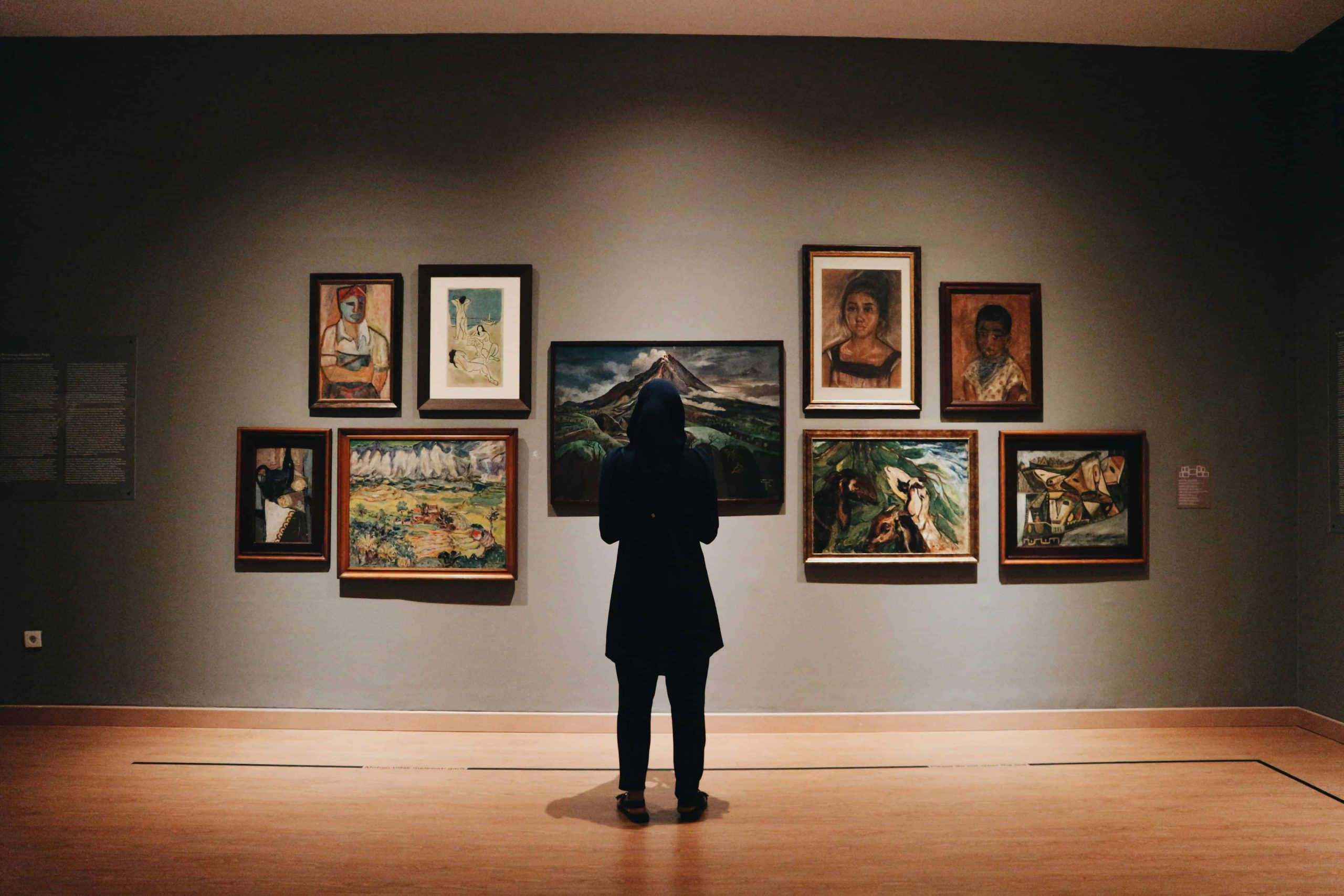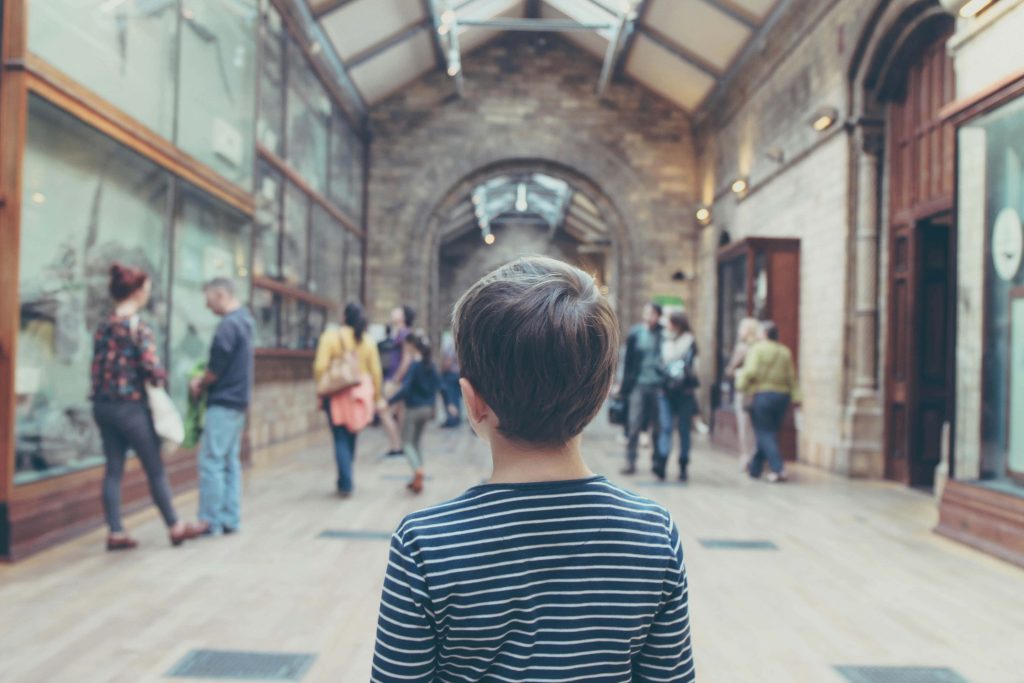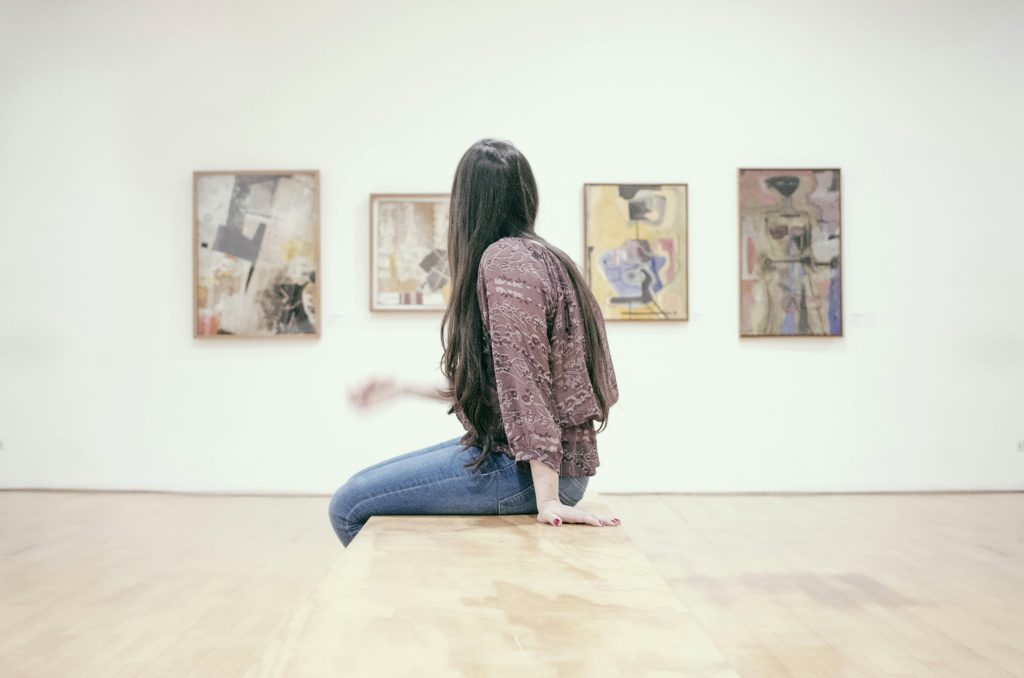
14 Jun Educational Programs Linked to Art Collections
Educational Programs Linked to Art Collections: Enhancing Engagement and Learning
Art collections and museum exhibitions offer more than just visual delight; they serve as gateways to understanding culture, history, and human expression. However, to truly unlock their potential, educational programs play a vital role. In this article, we explore how these programs can be tailored to leverage art collections for deeper engagement and learning.
Art collections are repositories of human creativity, spanning centuries and continents. Museum exhibitions provide a glimpse into these diverse artistic narratives, offering visitors an opportunity to immerse themselves in beauty and meaning. Yet, beyond mere appreciation, educational programs enrich the museum experience by providing context, interpretation, and opportunities for active engagement. In this regard, the development of educational programs becomes paramount to ensuring meaningful interactions with art collections.

Understanding Your Audience
Different audiences have varying needs and learning styles, necessitating tailored approaches to educational programming. Children, teenagers, and adults each have unique preferences and comprehension levels. Furthermore, considerations for families, educators, and special needs groups are crucial in designing inclusive and impactful programs.
Developing Educational Programs
Program Formats:
- Gallery Talks and Tours: Tailored to different audience levels, these sessions offer guided explorations of artworks, providing insights into their significance and historical contexts.
- Interactive Workshops: Hands-on activities foster deeper connections with art, encouraging experimentation and creativity.
- Multimedia Experiences: Leveraging technology enhances learning by offering immersive and interactive encounters with artworks.
- Curriculum-Based Programs: Designed for schools, these programs align with academic standards, enriching classroom learning through museum visits and related activities.
Program Content:
- Contextualization: Connecting artworks to broader historical, social, and cultural contexts enhances understanding and appreciation.
- Visual Analysis: Encouraging close observation develops critical thinking skills and fosters a deeper understanding of artistic techniques.
- Art History Integration: Exploring different movements and techniques provides insights into the evolution of artistic expression.
- Creative Expression: Art-making activities inspire participants to engage with their own creativity, drawing inspiration from the collection.

Utilizing the Art Collection
Effective educational programs leverage the museum’s collection strategically:
- Artwork Selection: Choosing pieces that align with program themes ensures relevance and resonance with participants.
- Rotating Programs: Featuring different parts of the collection keeps programming fresh and encourages repeat visits.
- Educational Materials: Developing supplementary materials enhances engagement and facilitates self-guided exploration.
Assessment and Evaluation
Continuous evaluation ensures the effectiveness and relevance of educational programs:
- Measurement Strategies: Employing various metrics to assess learning outcomes and participant satisfaction.
- Feedback Mechanisms: Soliciting input from participants allows for iterative improvements and adjustments.
- Adaptation: Flexibility in program design enables responsiveness to evolving audience needs and preferences.

Conclusion
Educational programs are integral to maximizing the educational potential of art museums and galleries. By fostering deeper engagement and facilitating meaningful learning experiences, these programs enrich visitors’ understanding of art and its significance. As we look to the future, embracing innovative approaches and technologies will further enhance the accessibility and impact of educational programming, ensuring that art collections continue to inspire and educate generations to come.
Key Takeaways
- Tailored Educational Programs: Understanding audience demographics and preferences is crucial for designing effective educational programs that cater to diverse learning styles and needs.
- Diverse Program Formats: Incorporating various formats, such as gallery talks, interactive workshops, multimedia experiences, and curriculum-based programs, enhances engagement and learning opportunities for visitors of all ages.
- Strategic Utilization of Art Collection: Careful selection of artworks, rotating program themes, and development of educational materials maximize the relevance and impact of educational programming.
- Continuous Assessment and Adaptation: Regular evaluation and feedback mechanisms ensure the ongoing effectiveness and responsiveness of educational programs to evolving audience needs.
- Embracing Innovation: Leveraging innovative approaches and technologies will further enhance accessibility and impact, ensuring that art collections continue to inspire and educate future generations.
FAQs
How do educational programs enhance the museum experience?
Educational programs provide context, interpretation, and active engagement with art collections, enriching visitors’ understanding beyond mere appreciation. Through tailored approaches like gallery talks and interactive workshops, participants gain deeper insights into artworks’ significance and historical contexts.
How are educational programs tailored to different audiences?
Educational programs consider diverse audience needs and learning styles. Tailored approaches cater to children, teenagers, adults, families, educators, and special needs groups, ensuring inclusivity and impact.
How are educational programs evaluated for effectiveness?
Continuous evaluation through measurement strategies and feedback mechanisms ensures relevance and impact. Flexibility in program design allows for adaptation to evolving audience needs and preferences, enriching visitors’ understanding of art and its significance.
Elevate your community art projects to new heights by learning how to effectively document and share their impact with the world.

